There are times we could all use a little more energy. And while there’s nothing wrong with sipping caffeinated beverages (up to three or four 8-ounce cups of coffee a day) to power through that morning commute or afternoon meeting, there are also plenty of real foods that give you energy to endure the day.
Of course, all calories technically provide energy, but certain types of foods and drinks offer more sustained stamina and sharper mental focus than others. Here’s a list of 24 foods that give you energy, as well as a quick lesson on the process by which we derive energy from food.
Try These High-Energy Foods for a Quick Boost
When you want a relatively quick burst of life force, sugar will do it. But you’ll crash soon after eating sugary food that’s devoid of other nutrition, and may be tempted to reach for more to get another fix.
You can end the cycle, however, by opting for carbs that digest more slowly for a more sustained ride.
1. Fruits
Whole fruit: Best in its rawest form, fruit is energizing, filling, and hydrating. The following whole fruits are nutritionally dense and contain fiber, which helps to slow the release of sugar into the blood for more sustained energy:
| Calories | Fiber | Protein | |
|---|---|---|---|
| Berries 1 cup |
46 | 3 g | 1 g |
| Pears 1 medium fruit |
112 | 6 g | 1 g |
| Oranges 1 fruit |
73 | 3 g | 1 g |
| Bananas 1 medium fruit |
105 | 3 g | 1 g |
Dates: Dates are rich in carbohydrates, providing a source of ready energy for your afternoon meeting or morning workout. Each medjool date contains 2 grams of fiber, which contributes to its classification as a low- to medium-glycemic food, meaning you’ll get longer-lasting energy rather than a sugar crash.
This is still the dried version of the fruit, however, making it higher in sugar. So try to opt for whole fruit when possible.
Figs: One large raw fig contains 47 calories, almost all of which come from its 12 grams of carbohydrates. It also delivers seven percent of the daily recommended fiber requirement, making it a good snack for long hikes or bike rides.
Top plain cottage cheese with quartered figs; serve with honey, ricotta, and balsamic for a sweet, creamy dessert; or sprinkle sliced figs on top of roasted sweet potatoes with goat cheese for an easy lunch at the office.
2. Grains
Whole-wheat bread is just the beginning. The following high-energy foods are whole grains too:
| Calories | Fiber | Fat | Protein | |
|---|---|---|---|---|
| Oatmeal ½ cup, cooked |
83 | 2 g | 2 g | 3 g |
| Barley ½ cup, cooked |
87 | 3 g | 0 g | 2 g |
| Brown rice ½ cup, cooked |
87 | 3 g | 0 g | 2 g |
| Wild rice ½ cup, cooked |
83 | 1 g | 0 g | 3 g |
And, while technically a seed, quinoa acts as a grain in dishes and has a similar nutritional profile. So does any actual grain that contains all the key parts of the original kernel: the bran, germ, and endosperm.
Aside from fiber, these intact grains also offer more vitamins, antioxidants, minerals and healthy fats than refined ones.
For a make-ahead breakfast, try vanilla peach overnight oats or overnight steel-cut oatmeal. This mushroom barley burger, roasted fennel and farro salad, and turkey and wild rice bowl provide plenty of whole-grain goodness to keep you fueled, focused, and feeling ready for anything.
3. Beans and legumes
If you’ve got time to stew up a can or bag, beans and legumes are fiber and protein powerhouses. And even if you don’t, you can roast them in advance and take them on the road or trail: Just put them in a bowl with a tablespoon of olive oil and some salt, then bake for around 30 minutes on a sheet or pan at 400 degrees until they’re dry and crunchy.
| Calories | Fiber | Fat | Protein | |
|---|---|---|---|---|
| Navy beans 1 cup |
296 | 13 g | 1 g | 20 g |
| Black beans 1 cup |
218 | 17 g | 1 g | 15 g |
| Lentils 1 cup |
230 | 16 g | 1 g | 18 g |
| Chickpeas 1 cup |
269 | 13 g | 4 g | 15 g |
4. Nuts and seeds
There’s a reason why these find their way into trail mixes and granolas. The caloric density and nutrient richness of nuts and seeds make a compact format for high-energy foods. Each boast around 150 to 200 calories per ounce and include plenty of protein, fiber, and healthy fats.
| Calories | Fiber | Fat | Sat. Fat | Protein | |
|---|---|---|---|---|---|
| Walnuts 1 oz. |
185 | 2 g | 19 g | 2 g | 4 g |
| Peanuts 1 oz. |
161 | 2 g | 14 g | 2 g | 7 g |
| Pecans 1 oz. |
196 | 3 g | 20 g | 2 g | 3 g |
| Almonds 1 oz. |
164 | 4 g | 14 g | 1 g | 6 g |
| Chia seeds 1 oz. |
138 | 10 g | 9 g | 1 g | 5 g |
| Sunflower seeds 1 oz. |
175 | 3 g | 16 g | 2 g | 5 g |
| Pumpkin seeds 1 oz. |
158 | 2 g | 14 g | 2 g | 9 g |
| Hemp seeds 3 Tbsp. |
166 | 1 g | 15 g | 1 g | 9g |
When You Need to Focus, Try…
Sometimes when we think we’re low on energy, we’re actually just struggling to focus. When your brain feels foggy and you really need to lock in, try the following.
Magnesium
Vital for proper nerve transmission, magnesium has been positively associated with cognition. And a 2023 study showed that higher dietary intake of magnesium may be related to better brain health.
Plus, dietary sources of magnesium overlap aplenty with the above high-energy foods: All nuts contain magnesium, as do spinach, dark chocolate, black beans, and bananas. Magnesium is also central to the stress defense blend in our morning health shot, FIRST THING.
Rhodiola
This powerful adaptogen has traditionally been used to enhance the body’s ability to adapt and respond to the effects of stress, helping to keep you focused under fire.*
Green tea
Known in its powdered form as matcha, green tea contains caffeine for focus, as well as phytonutrients that have been linked to alertness and sustained attention.
Ginseng
This ancient herb helps promote vitality as well as support mental clarity.* Beachbody’s Focused Energy products use both Panax ginseng, which is native to Asia, as well as the American variety.
Guarana
Native to the Amazon basin, this energizing plant naturally contains caffeine and may help increase mental alertness and fight fatigue, as well as help support focus.*
And, if you want to increase energy and sharpen focus during intense exercise, Beachbody Performance Energize contains low-dose caffeine, plus beta-alanine to delay fatigue and quercetin to improve endurance.*
How We Get Energy From Food
All daily bodily functions including movement, blood flow, and DNA synthesis require the energy we get from macronutrients — carbohydrates, fat, and protein — found in food.
Carbohydrates and lipids (fats) are the main sources of fuel for the human body. During digestion, these macros are broken down into smaller molecules that are absorbed into the bloodstream and metabolized by various cells.
Cells use the energy that results from this process — in the form of adenosine triphosphate, or ATP — to keep your body running. Even when you’re at rest, your body relies on this fuel to pump blood, facilitate breathing, and transport nutrients.
Athletes, take note: Carbohydrates are the body’s preferred source of fuel, especially for exercise. That means the more active you are, the more carbs you need to perform optimally.
So if you’re going to engage in intense activity for more than 60 to 90 minutes, plan on bringing a small, carb-rich snack with you.
What about micronutrients?
Vitamins and minerals play crucial roles in energy production. Without the right balance of them, that process can be impaired, resulting in fatigue and an overall lack of energy.
On the mineral side, magnesium (see below) is important for energy production and nerve transmission. On the vitamin side, the B complex in particular is crucial to energy metabolism.
The post 24 Foods That Help Give You Energy and Focus appeared first on BODi.

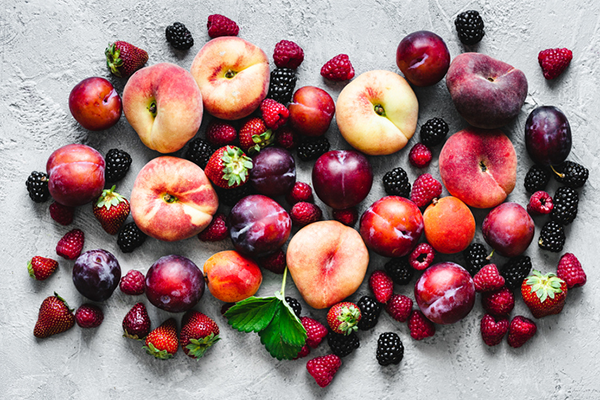
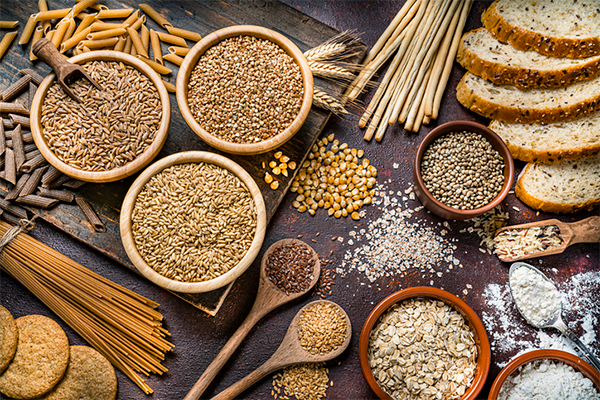
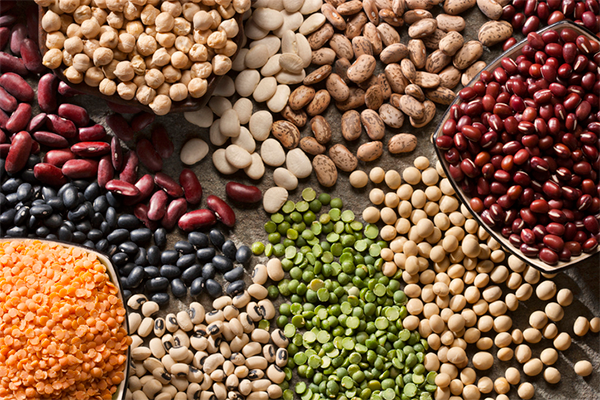
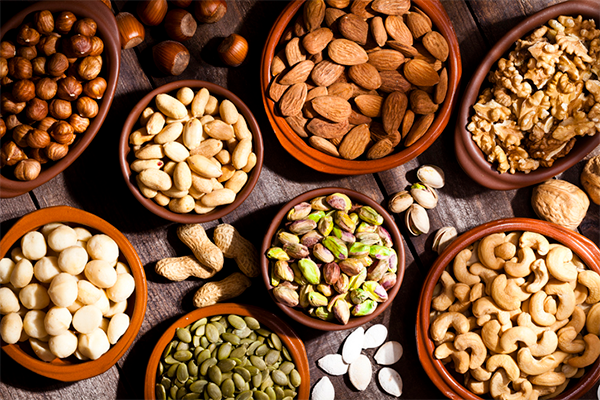
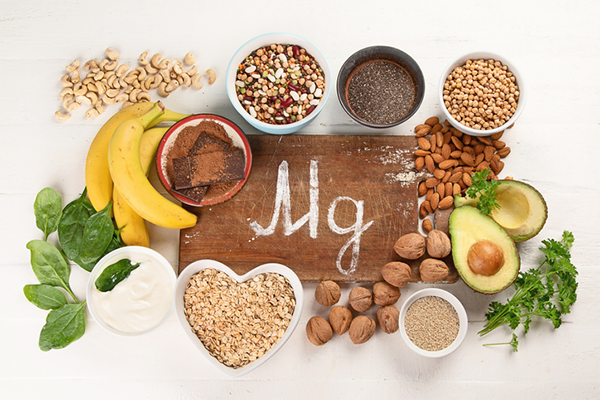
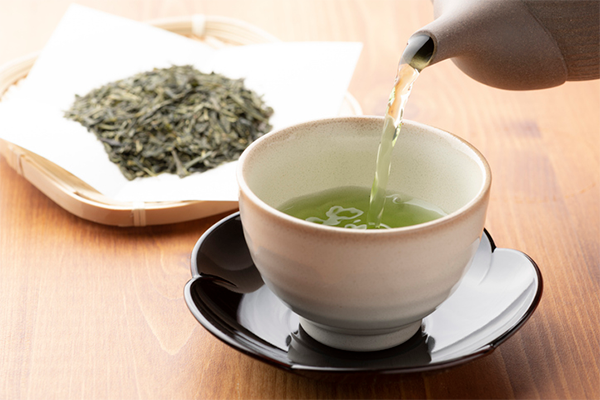
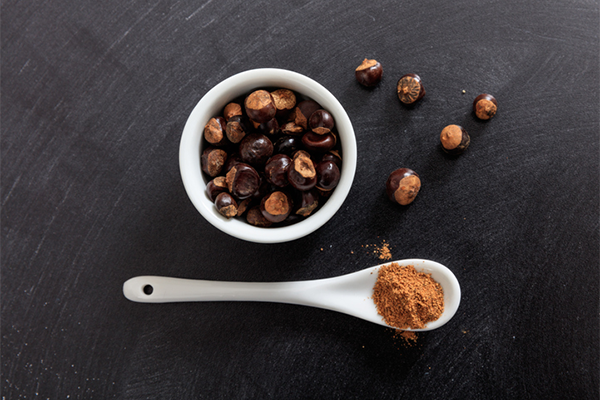
0 Comments